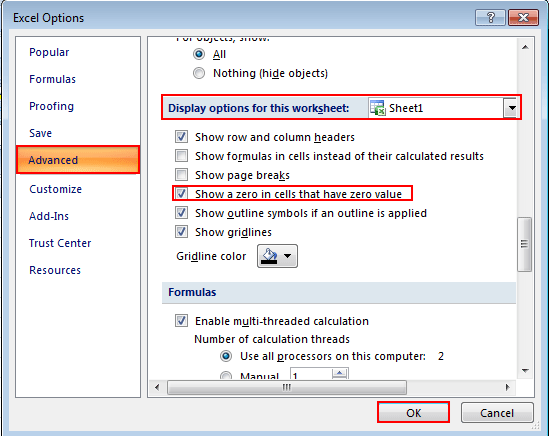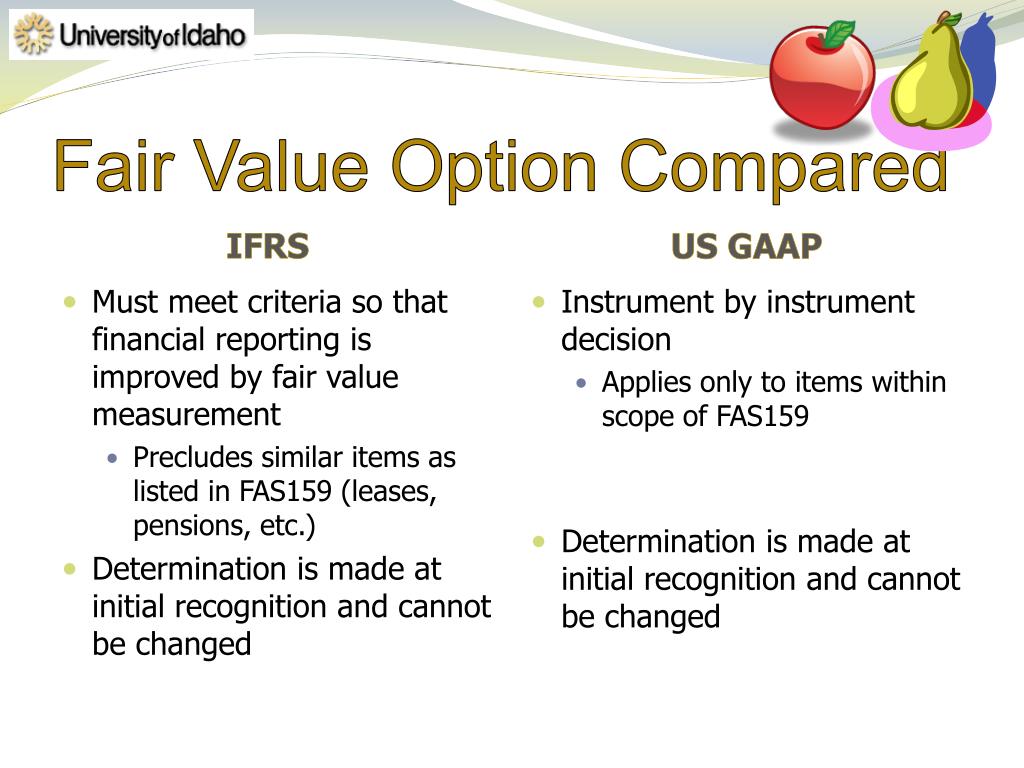Unveiling the Secrets of Option Pricing
In the realm of options trading, the concept of fair value holds the key to unlocking a competitive advantage. By precisely determining the intrinsic worth of an option, traders gain invaluable insights into its true value, empowering them to make informed decisions that tilt the odds in their favor. Understanding fair value allows traders to capitalize on market inefficiencies, exploit undervaluation, and skillfully manage their risk-reward ratios.

Image: www.pinterest.com
Fair Value: A Cornerstone of Option Analysis
Defined as the theoretical price at which an option should trade based on its underlying asset’s price and other factors, fair value serves as a benchmark for assessing an option’s intrinsic worth. It evaluates the time value, volatility, and risk-free interest rates associated with the option. By comparing the fair value to the market price, traders can determine whether the option is over- or undervalued, providing an edge in identifying profitable trading opportunities.
Unlocking Profit from Undervaluation
When an option’s market price falls below its fair value, it presents a compelling opportunity for traders to capitalize on its undervalued state. By purchasing the option, traders have the potential to profit from the market’s eventual correction, as the option’s price is likely to rise towards its true value. This undervaluation can arise due to inefficiencies or discrepancies in market sentiment, creating a ripe opportunity for astute traders to exploit.
Mitigating Risk with Fair Value
Equally important, fair value serves as a risk mitigation tool for traders seeking to limit potential losses. By purchasing options only when they are fairly valued or undervalued, traders reduce the likelihood of significant financial losses. This prudent approach allows them to maintain a conservative stance while preserving capital for future trading endeavors.

Image: cozosen.web.fc2.com
Harnessing the Power of Precision
Determining an option’s fair value requires traders to exercise meticulous precision, considering a multitude of factors that influence the option’s worth. These include:
- Underlying Asset Price: The current price of the underlying asset, such as a stock or commodity, directly affects the option’s value.
- Time to Expiration: The time remaining until the option expires is a critical determinant of its value, known as time decay or time value.
- Volatility: Volatility measures the inherent risk and price fluctuations of the underlying asset, influencing the option’s value.
- Risk-Free Interest Rate: The current prevailing interest rate used for discounting future cash flows and determining an option’s value.
Mastering these factors and employing appropriate pricing models, such as the Black-Scholes model, allows traders to derive highly accurate estimates of fair value. This nuanced understanding equips them with the knowledge to capitalize on favorable market conditions and generate consistent profits.
Tips and Expert Advice for Options Traders
To gain an edge in options trading, traders should heed the following tips and expert advice:
Intensive Market Research:
Thorough market research is paramount in identifying undervalued options. Stay abreast of industry news, track market trends, and monitor option prices to capitalize on market inefficiencies.
Choosing the Right Options:
Selectively choose options with high liquidity and a sufficient amount of time to expiration. Avoid illiquid options or those approaching expiration, as they exhibit greater volatility and reduced profit potential.
Know Your Risk Appetite:
Understand your tolerance for risk and trade accordingly. Options have the potential for substantial gains but also carry inherent risk. Manage your investments wisely and consider your financial situation before venturing into options trading.
FAQs on Option Fair Value and Statistical Advantage
Q: How often should I calculate fair value for an option?
A: As often as necessary to maintain an up-to-date valuation, especially when market conditions are rapidly changing. Regularly recalculating fair value helps identify fleeting opportunities and adjust positions accordingly.
Q: What are common pitfalls to avoid when determining fair value?
A: Beware of relying solely on automated valuation tools, which may provide estimates without considering all relevant factors. Additionally, avoid using outdated market data, as it can lead to inaccurate valuations.
Q: Is it possible to guarantee profits by focusing on fair value?
A: While fair value offers a competitive edge, it cannot guarantee profits. Options trading involves inherent risks influenced by various factors such as market volatility, interest rates, and unexpected events.
Option Fair Value Finding A Statistical Edge In Options Trading

Image: www.slideserve.com
Conclusion
In the dynamic and ever-evolving world of options trading, understanding fair value proves instrumental in unlocking a statistical edge. By meticulously assessing an option’s true worth, traders gain a deeper comprehension of its potential and can make informed decisions. Whether exploiting undervaluations or mitigating risk, fair value empowers traders to navigate market complexities and consistently improve their trading outcomes.
Are you ready to embark on this exciting journey and conquer the world of option trading? Equip yourself with the knowledge and strategies covered in this article, and let fair value guide you towards profitable ventures.






